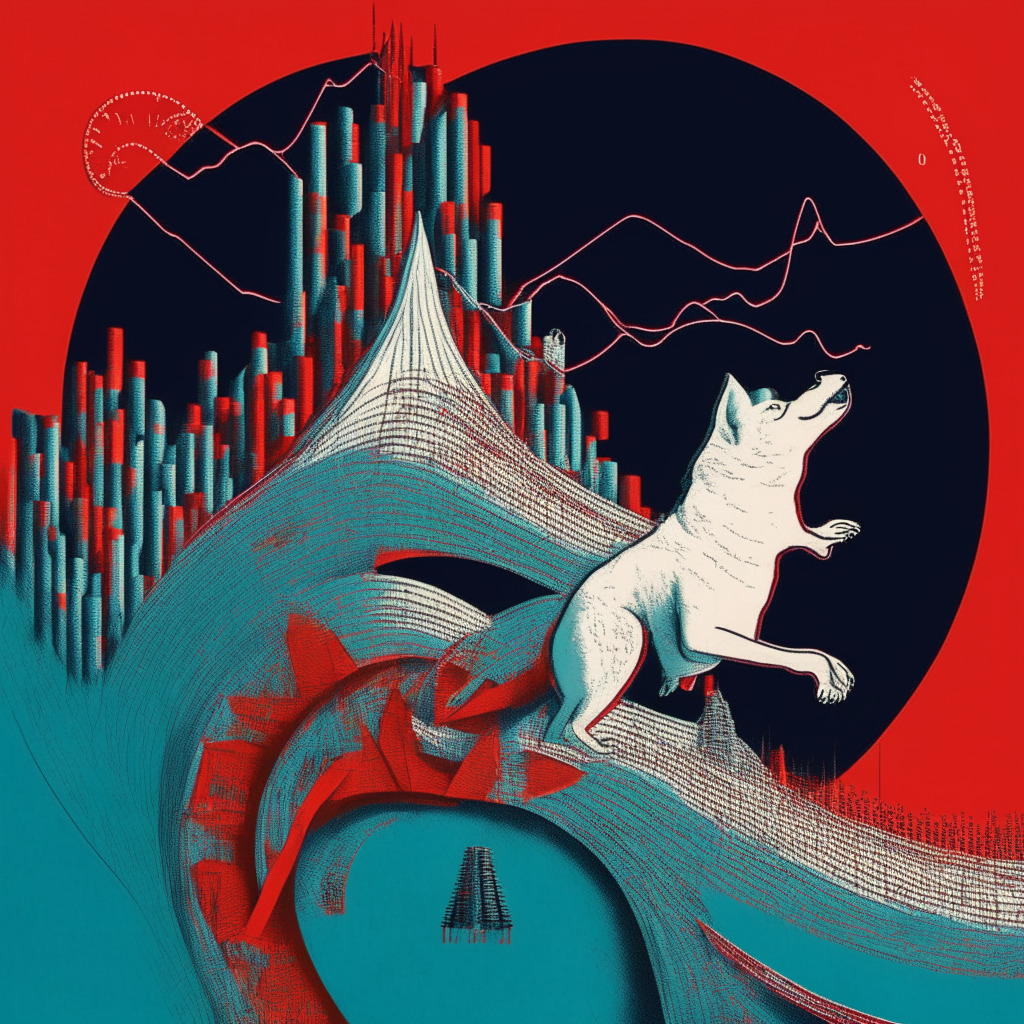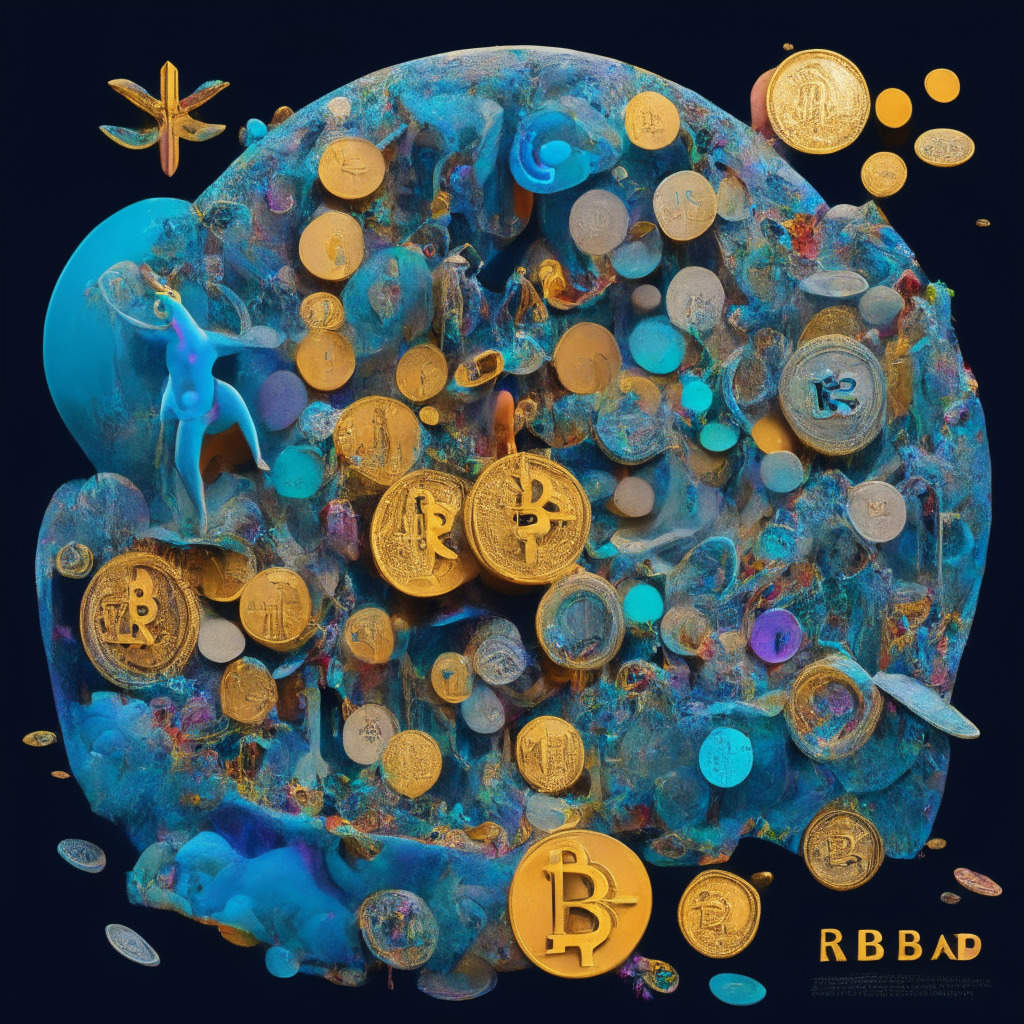Dogecoin (DOGE), the renowned meme cryptocurrency, has witnessed a 10% drop this year, with the European trading hours being the most significant bearish influence, as the Velo Data app delineates. A break up of the year’s returns indicates a stark contrast between different global trading hours. During European trading hours, DOGE’s return stands at an impalpable -44.44%, with the U.S. trading hours trailing not far behind at -25%. On the contrary, the Asia-Pacific trading hours have brought a bolstering 25.6% return.
The inclination of sellers to dominate during the European hours, characteristically 8:00 a.m. to 6:00 p.m. in Brussels, and U.S. trading hours, recognized as 8:00 a.m. to 6:00 p.m. New York time, is stark. In contrast, buyers have maintained an upper hand during the Asian hours, stipulated as 8:00 a.m. – 6:00 p.m. Seoul time. This highlights a distinct geographical market response pattern.
These time slots were determined by Velo, based on local volume profiles and the stock exchange hours, and have been a crucial instrument in understanding the market performance of meme coins. This data-driven approach paints a similar picture for Shiba Inu (SHIB), the self-proclaimed Dogecoin-killer.
A feasible explanation for this performance variation lies in the nation’s markets themselves. Larger tokens’ market is primarily controlled by South Korea, and this dominance can be correlated with the positive performance of DOGE and SHIB during Asian trading hours. In late July, during DOGE’s 10% surge, it was discernible that the majority of the trading volume was from Upbit, a South Korean exchange, known for speculation in crypto-Korean won pairings.
The grim performance of DOGE and SHIB during the U.S. and European trading hours isn’t a bolt from the blue, given the uncertain regulatory environment confronting alternate cryptocurrencies. The U.S. Securities and Exchange Commission’s (SEC) recent litigation against Coinbase and Binance categorized several altcoins as securities – a foreboding signal to meme coins even though DOGE and SHIB weren’t explicitly mentioned. Thus, any form of inflexible regulations on altcoins may potentially impact meme coins.
Source: Coindesk




